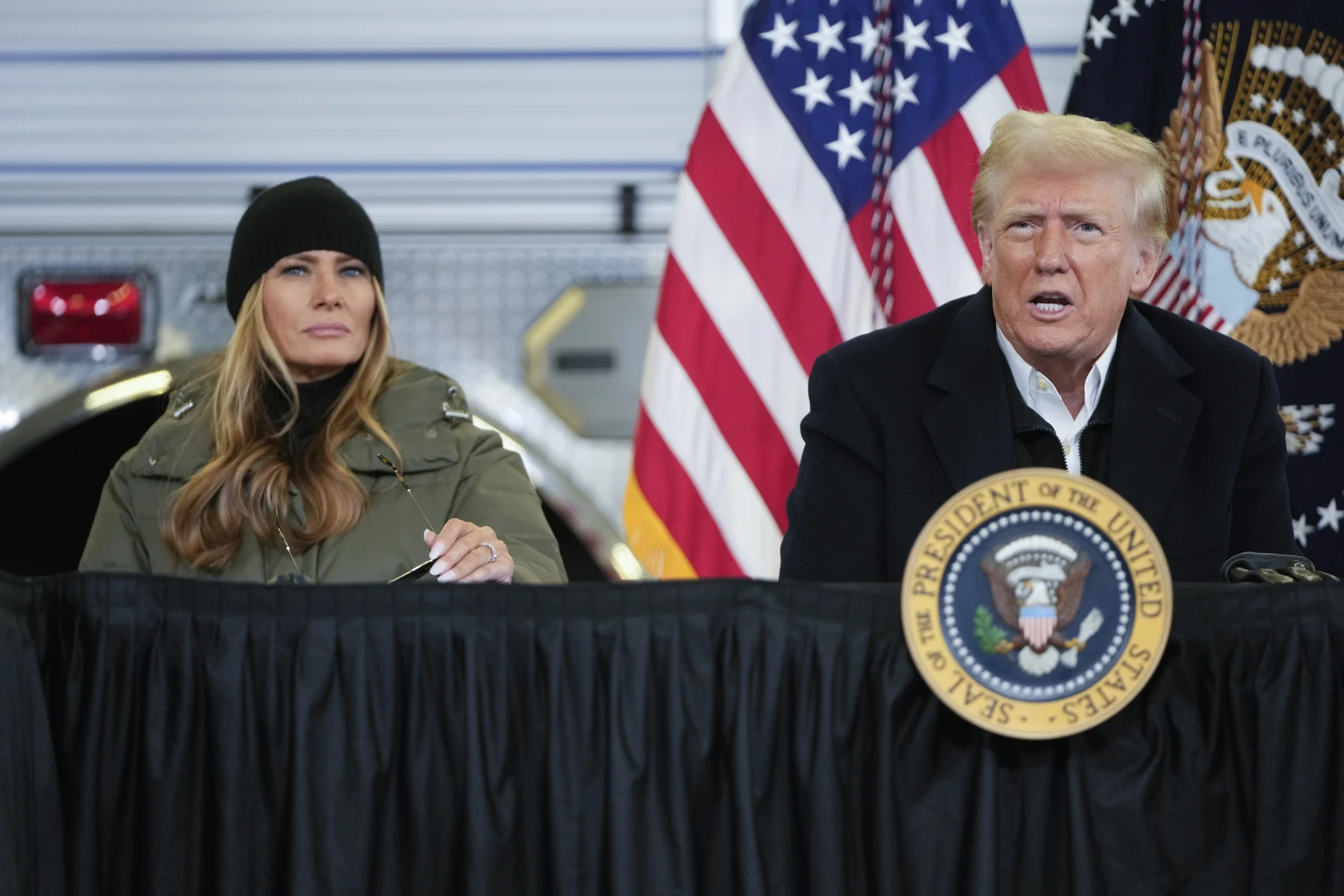5 Economic Forces Shaping Trump’s First Year in Office

Economic challenges that could shape Trump's presidency.
Donald Trump faces several economic challenges that could shape his presidency. While promising strong growth, tax cuts, and booming oilfields, Trump must navigate inflation, a budget deficit, rising tensions over trade, and a wealth gap. Here are five key factors that could influence his first year:
-
Inflation: Despite a strong job market, inflation remains high, especially in essentials like groceries and housing. If Trump imposes tariffs and tax cuts funded by deficits, inflation could worsen, affecting voters’ perceptions.
-
Tariffs: Trump plans 25% tariffs on Mexican and Canadian imports and 10% on Chinese goods. While intended to address illegal immigration and drug trafficking, tariffs may raise costs for American families and disrupt trade.
-
National Debt: The U.S. national debt, now at $36 trillion, has grown due to Trump’s previous policies. Managing this debt while maintaining growth could limit his ability to reduce spending or continue tax cuts.
-
Immigration: Trump’s crackdown on immigration may slow economic growth, as the U.S. labor market relies heavily on immigrants. If immigration drops, industries like construction and agriculture could face labor shortages.
Wealth Gap: Trump must balance the interests of billionaires with those of his working-class supporters. While the wealthy continue to see massive gains, the middle class experiences slower wealth growth, creating tension within his base.




